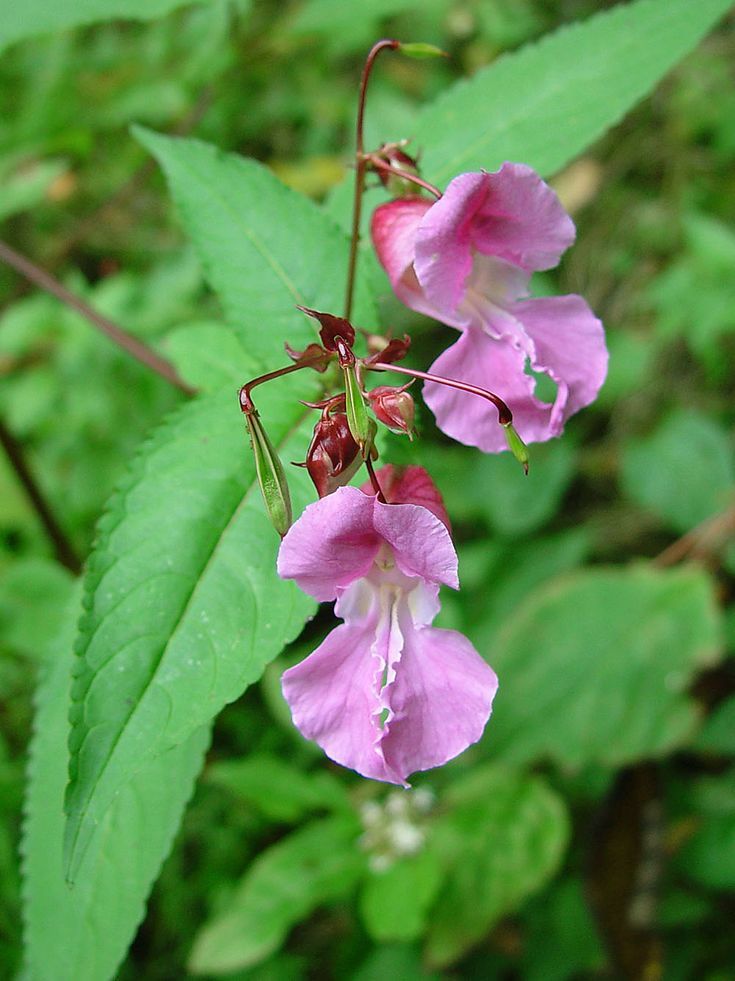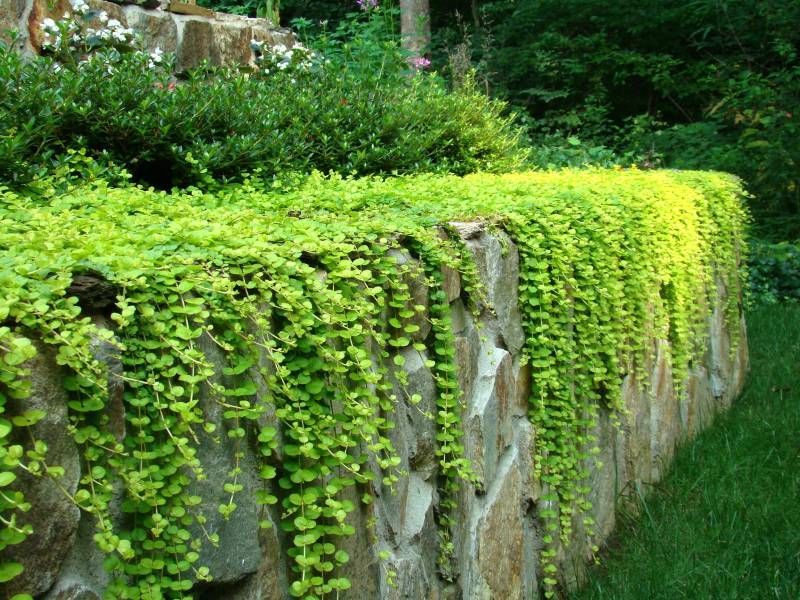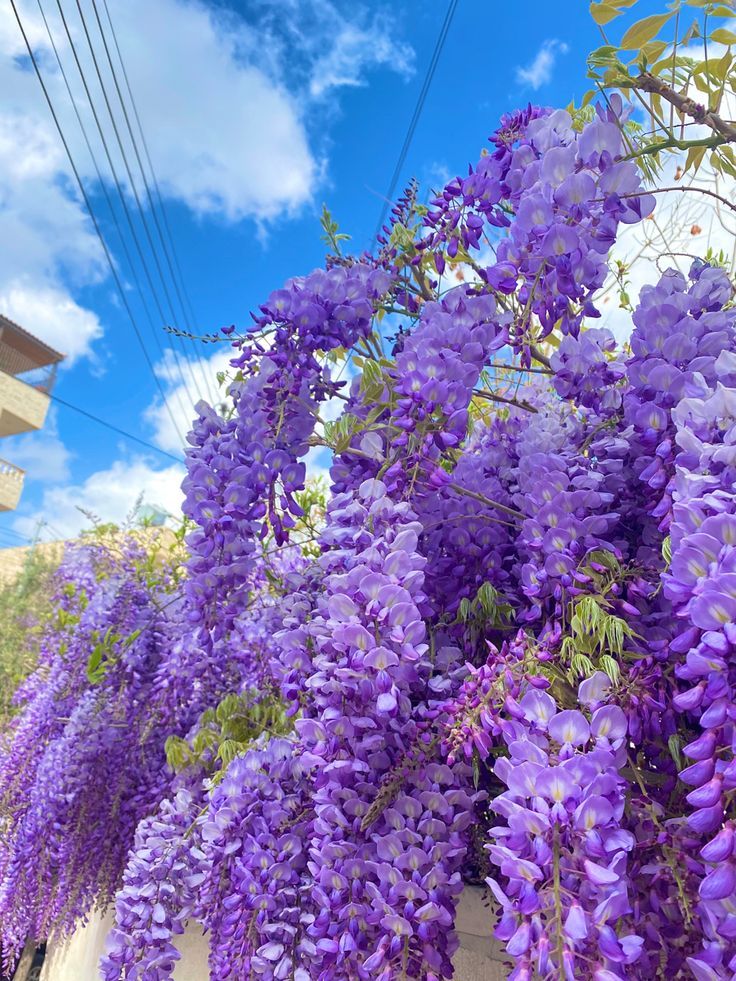trespassing efflorescence may look beautiful and tempting to implant in your garden , but they can cause significant legal injury to the local ecosystem .
They run to grow uncontrollably , sweep over native plant and disrupting biodiversity .
In this web log post , we ’ll explore 20 invasive heyday you should ward off planting in your garden .

1. Purple Loosestrife
Purple Loosestrife is a showy , perennial plant life that can take over wetlands , outcompeting aboriginal vegetation and disrupting habitats .
It ’s all important to avoid planting it in your garden to protect local wetland ecosystem .

2. Japanese Knotweed
Japanese Knotweed is notorious for its ability to grow through concrete and damage foundations .
It ’s incredibly invasive and unmanageable to eradicate once established .
3. English Ivy
English Ivy , though popular for ornamental purposes , can smother trees and shrubs , leading to their decline .
It spreads quickly and is hard to control .
4. Lantana
Lantana is prized for its colorful blooms , but it can escape gardens and infest natural arena , forming thick thickets that stymie aboriginal industrial plant growing .
5. Himalayan Balsam
Himalayan Balsam is a tight - grow yearly that fly high in dampish environments , often outcompeting native flora and vary ecosystem .
6. Vinca (Periwinkle)
Vinca , or winkle , spread quickly as a ground cover and can choke out native flora in forested area , lead to reduced biodiversity .
7. Butterfly Bush
The Butterfly Bush attracts pollinators but can become trespassing , propagate quickly and outcompeting local botany in unwarranted area .
8. Yellow Flag Iris
Yellow Flag Iris can dominate wetland orbit , force out native species and interpolate water system flow , reach it a works to avoid .
9. Brazilian Pepper Tree
The Brazilian Pepper Tree can form dense thickets that herd out native plants , especially in subtropical climates , and should not be implant .
10. Garlic Mustard
Garlic Mustard releases chemicals that conquer the growth of other plants , allowing it to dominate woods understories and disrupt ecosystems .
11. Creeping Jenny
Creeping Jenny is a low - grow flora that can propagate speedily in gardens , crowding out other flat coat covers and predominate space .
12. Canada Thistle
Canada Thistle spreads quick through root systems and seeds , making it a tenacious weed that can overtake pastures and sphere .
13. Crown Vetch
Crown Vetch is often used for eating away control but can escape into wild areas , forming monoculture that throttle aboriginal biodiversity .
14. Giant Hogweed
Giant Hogweed is not only invasive but also poses a health peril due to its toxic sap , which can cause severe peel irritation .
15. Bishop’s Weed
Bishop ’s Weed , while ornamental , can quick escape cultivation and invade gardens , organize dense mats that are hard to murder .
16. Kudzu
Kudzu is infamous for its rapid growth , often refer to as the “ vine that ate the South , ” as it can absorb everything in its way .
17. Gorse
Gorse is a spinous bush that can colonise undecided area and roadsides , produce heavy thickets that are unmanageable to manage .
18. Lesser Celandine
Lesser Celandine carpeting the reason in early leap , outcompeting aboriginal plants and creating a monoculture in woodland options .
19. Chinese Wisteria
Chinese Wisteria , while beautiful , can strangle trees and structures with its vigorous emergence , making it a tough works in non - native areas .
20. Scotch Broom
Scotch Broom take shape dense stand that apace open , often outcompeting native plants in open habitat and disturbed lands .


















